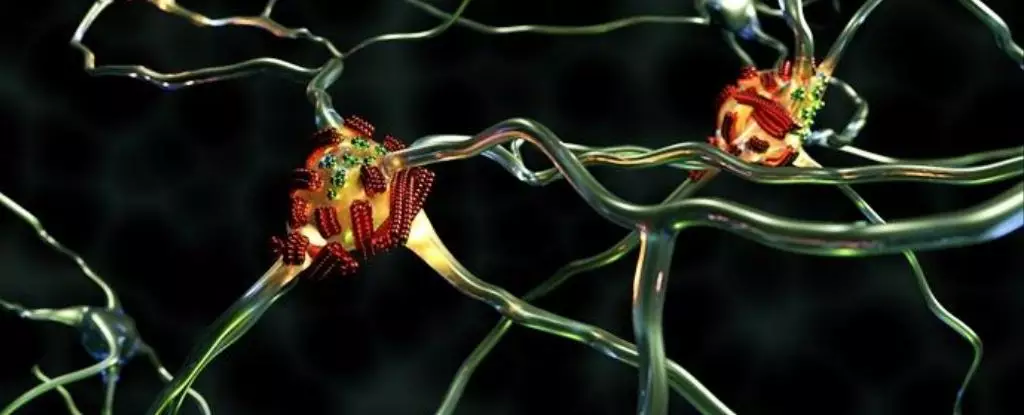Alzheimer’s disease is one of the most formidable challenges in neuroscience and gerontology, largely due to its complex pathology and progressive nature. Recent investigations have provided new insights into the behavior of amyloid beta proteins, particularly identifying a subset known as “superspreaders,” which may be accelerating the development of this devastating illness. This research, spearheaded by molecular physicist Peter Nirmalraj and his team, aims to enhance our understanding of how these proteins contribute to the progression of Alzheimer’s. Disentangling these intricate pathways is crucial for developing effective treatments that can combat or even halt the advance of this neurodegenerative disease.
One of the enigmatic aspects of Alzheimer’s research is pinpointing whether the associated amyloid beta plaques are a primary cause of neuronal damage or merely a byproduct of deteriorating brain health. Studies have consistently shown that while these plaques form in excessive quantities as the disease progresses, there is no definitive evidence indicating that they actively cause cell degeneration. Instead, it appears that tangles of other proteins might play a pivotal role in neuronal impairment. This uncertainty highlights a broader question in medical science: when it comes to complex diseases, can we truly determine the primary agents of pathology, or must we consider a multitude of interacting factors?
To tackle the complexities of amyloid beta protein aggregation, Nirmalraj and his colleagues employed a state-of-the-art approach using atomic force microscopy. This advanced imaging technique allows researchers to visualize protein behavior under conditions that more closely resemble the human brain’s natural environment compared to traditional lab settings. In doing so, they observed that certain amyloid beta proteins exhibit an unusual reactivity at their edges, allowing them to accumulate more quickly than their peers. The identification of these “superspreaders” — specifically amyloid beta 42 — offers a potentially transformative perspective on how these proteins destabilize brain health.
The discovery of amyloid beta 42 as a superspreader is groundbreaking. These proteins do not form spontaneously; instead, they develop from pre-existing fibrils, thereby raising questions about the biochemical factors that serve as catalysts in their growth. Understanding these specific interactions may pave the way for more targeted therapies. It suggests that combating these superreactive proteins could slow down or even reverse the detrimental effects seen in Alzheimer’s patients. However, to achieve this goal, researchers must first elucidate the detailed chemistry behind these fibril formations and the precise distinctions between various amyloid beta structures.
As studies continue to uncover the multifactorial aspects of Alzheimer’s, researchers are prompted to consider alternative frameworks for understanding the disease. One intriguing hypothesis proposes that neurodegenerative disorders might share characteristics with autoimmune diseases. This emerging viewpoint emphasizes the need for a multidisciplinary approach, intertwining immunology, molecular biology, and neurology in Alzheimer’s research.
Moreover, investigations should also focus on the observable correlation between the progression of amyloid beta aggregates and the psychological symptoms experienced by patients, such as memory deterioration, mood swings, and cognitive confusion. Although associations do not equate to causation, they may reflect underlying processes that warrant further exploration.
The identification of amyloid beta superspreaders marks a significant advancement toward demystifying the intricacies of Alzheimer’s disease. While much work remains to fully understand these protein interactions and their consequences on brain health, the strides made in recent studies offer a glimmer of hope for developing effective treatments. As scientists refine their models and methodologies, interdisciplinary collaboration will be essential to unravel the enigma of Alzheimer’s and ultimately provide enhanced care for those affected by this heartbreaking condition.

